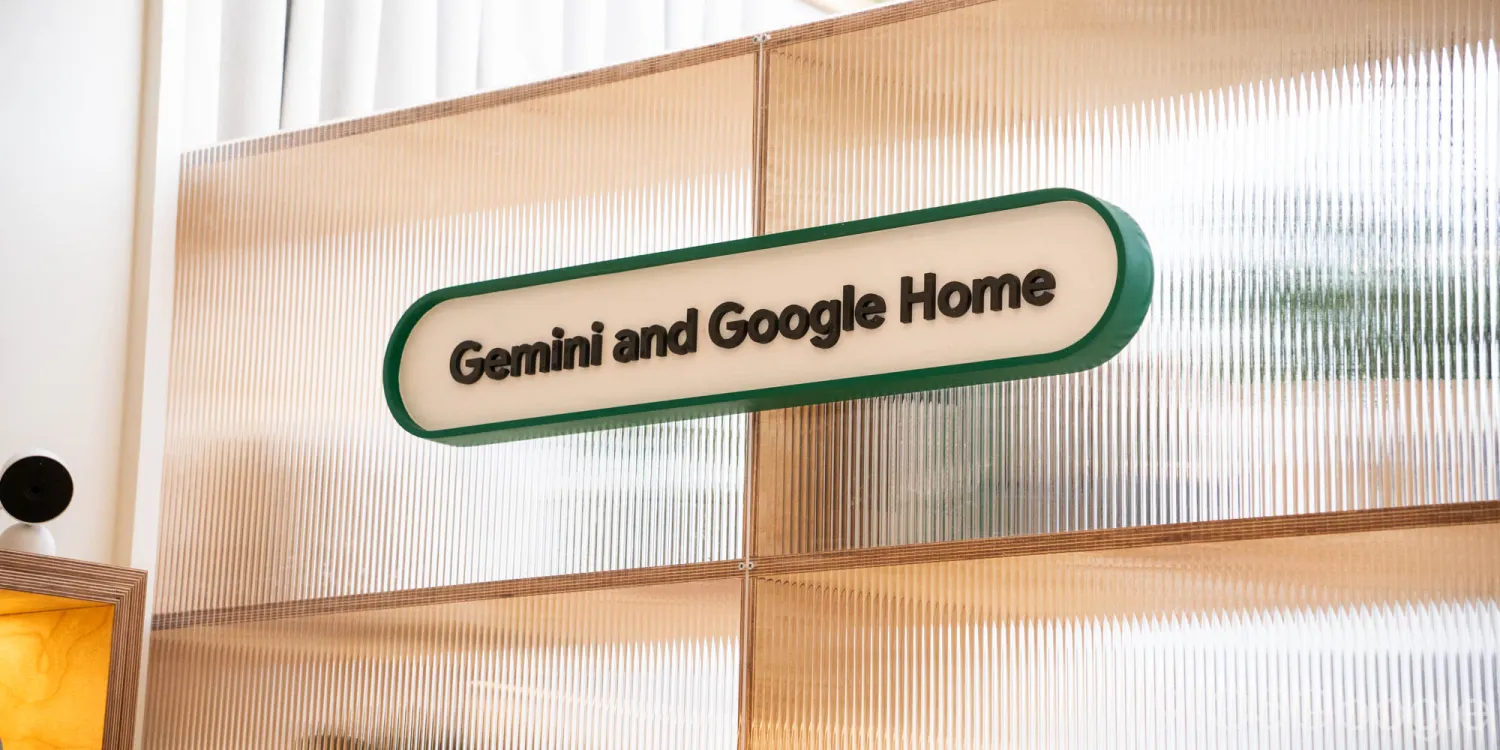Microsoft shares headlines once again—this time, not for a product launch, but for revealing $500 million in internal AI-driven savings just days after laying off 9,000 employees.
The contrast is striking: while the tech giant brags about its AI skills and operational efficiency, thousands of skilled people are left to deal with sudden job uncertainty.
This story isn’t just about numbers; it’s about how technology, business, and the people who work in both are changing over time.
This story isn’t just about numbers; it’s about the evolving relationship between technology, business, and the people who drive both.
Microsoft’s operational strategy now relies heavily on AI. Judson Althoff, Microsoft’s Chief Commercial Officer, says that AI tools have made sales, customer service, and software engineering much more productive.
The company says that AI saved them more than $500 million in their call centers last year and made both customers and remaining employees happier.
But these savings come at a clear cost to people. The most recent round of layoffs, which affected almost 4% of Microsoft’s global workforce, was the third such round in 2025. This year, more than 15,000 jobs have been cut.
For those who are affected, hearing about record profits and savings can feel not only impersonal but also very upsetting.

Comparison: Microsoft Shares vs. Industry Trends
Microsoft isn’t the only one doing this. Big companies in the tech industry, like Salesforce, Alphabet, and Meta, are using AI to automate tasks and make things run more smoothly, which often means getting rid of traditional jobs.
For instance, Salesforce now uses AI for 30% of its internal tasks, and Microsoft’s own GitHub Copilot is responsible for creating 35% of new product code. This speeds up development cycles and cuts down on the need for manual labor.
Huge investments are driving this change across the board. For example, Microsoft Shares has set aside $80 billion this fiscal year to improve its AI infrastructure, mostly by building new data centers and easing capacity bottlenecks.
Salesforce, for example, now relies on AI for 30% of its internal tasks, while Microsoft’s own GitHub Copilot is responsible for generating 35% of new product code—accelerating development cycles and reducing the need for manual labor.
This industry-wide shift is fueled by enormous investments: Microsoft has earmarked $80 billion this fiscal year for expanding its AI infrastructure, primarily to build new data centers and ease capacity bottlenecks. The message is clear—AI is not just a tool but a central pillar of future growth.
The change is hard for workers. A lot of the people who helped Microsoft Shares become successful have now been replaced or “right-sized” because of the rise of AI.
People think that saving money is more important than loyalty and expertise, which makes the emotional toll worse. A former worker wrote on LinkedIn that the way the company does things could hurt its reputation and trust with both current and future workers.
From a business point of view, the logic makes sense. Microsoft Shares Higher margins and shareholder value come from automating tasks that are done over and over, speeding up product development, and making it easier for customers to get in touch with you.
Microsoft’s AI-driven projects are already bringing in tens of millions of dollars in new revenue, mostly by helping them deal with smaller customers.

Microsoft’s AI-driven initiatives are already generating tens of millions in new revenue streams, especially through managing interactions with smaller clients.
But the bigger question is still there: can AI-driven efficiency and leadership that puts people first work together? Microsoft’s leaders say that AI is meant to help, not replace, human workers.
They point to tools like Copilot that help sales teams close deals faster and make more money per person. But as more and more people lose their jobs, doubt grows.
Final words
Microsoft shares its AI savings as proof of innovation, but the timing—just days after thousands of layoffs—shows a deeper problem in today’s business world. As businesses rush toward a future powered by AI, the hard part will be finding a way to balance technological progress with empathy and responsibility.
The lesson for everyone who is trying to figure out this new world, whether they are employees, leaders, or just watching, is clear: people should not have to pay for progress. As Microsoft and its competitors change the way people work, the companies that do the best will be the ones that use technology to empower people instead of just replacing them.






